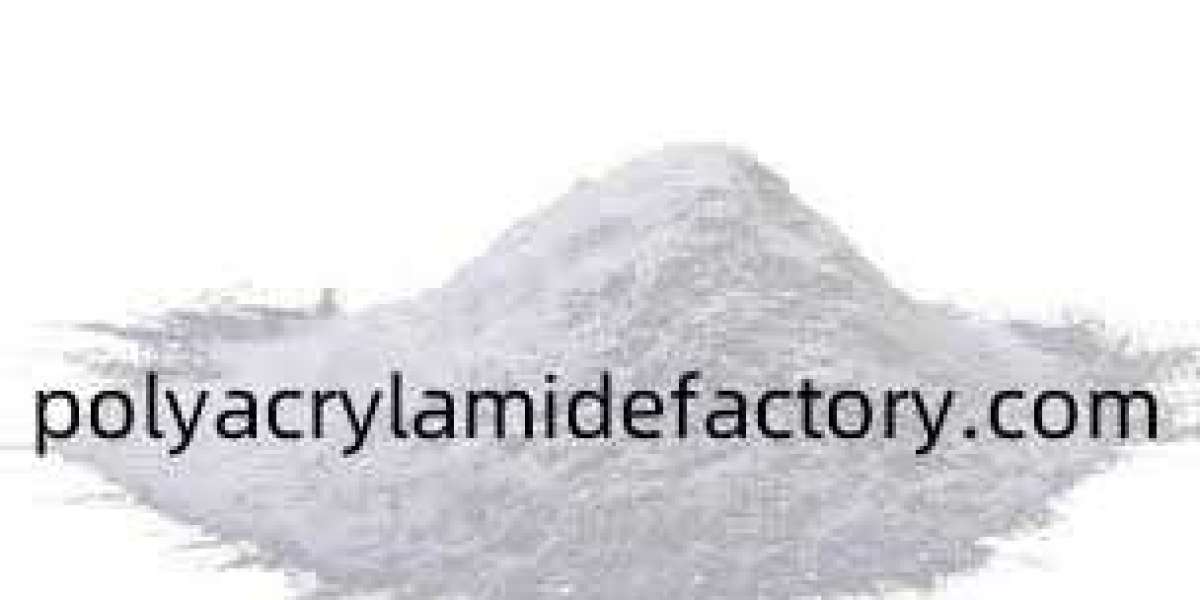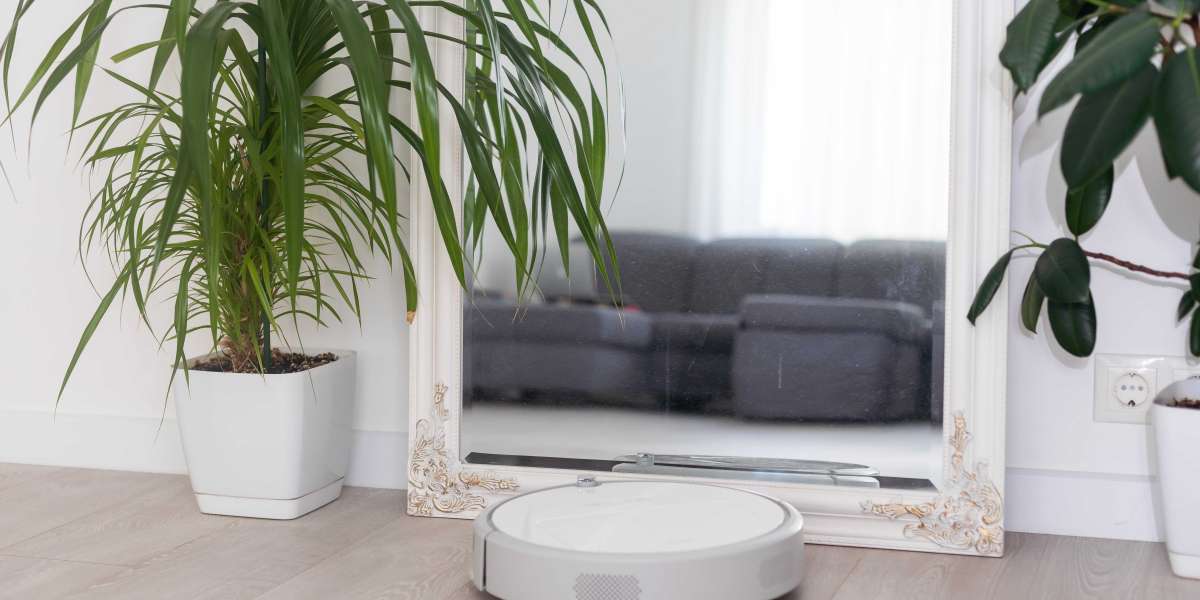Why Does Your Papermaking Process Need Polyacrylamide?
Have you ever wondered why papermaking polyacryalmide is considered a core additive in modern paper manufacturing? This specialized polymer is more than just a chemical—it’s a performance booster that impacts nearly every aspect of the paper production line, from retention and drainage to final sheet quality and environmental compliance.
What Exactly Does It Do?
Papermaking polyacrylamide is used primarily as a retention aid and flocculant. It helps to bind fine particles, fillers, and fibers together so they can be more effectively retained on the paper machine wire. Without it, a large portion of raw materials would be lost in the white water, reducing efficiency and increasing costs.
Additionally, polyacrylamide improves drainage speed, which means water is removed from the pulp slurry more quickly. This directly increases machine throughput and reduces drying energy consumption.
Where Is It Used in the Process?
From pulp preparation to the forming section and even during wastewater treatment, polyacrylamide shows its versatility. In the wet end, it works to form uniform sheets and reduce fines loss. During white water treatment, it helps in recycling fibers and clarifying water for reuse. In sludge handling, polyacrylamide assists in thickening and dewatering, ensuring cleaner discharge and reduced disposal volume.
What Are the Benefits?
Here are some key advantages of using papermaking polyacrylamide:
- Better retention of fillers and fibers
- Improved drainage for faster machine speeds
- Cleaner and more recyclable white water
- Reduced chemical and energy consumption
- Improved paper strength and surface formation
How to Choose the Right Type?
The choice of polyacrylamide—cationic, anionic, or nonionic—depends on your pulp type, pH level, and performance goals. For example, if you're dealing with recycled paper and a high level of anionic trash, cationic polyacrylamide is usually the best choice. For alkaline systems with high filler content, anionic types may deliver better results.
A small trial is usually recommended to determine the most suitable formulation, dosage, and application point.
Looking for a Trusted Polyacrylamide Supplier?
At Polyacrylamidefactory, we specialize in providing premium-grade papermaking polyacrylamide that meets the evolving needs of the paper industry. Whether you're operating a high-speed machine or focusing on sustainable recycling, our expert team will recommend the ideal solution tailored to your production goals.
Our products are manufactured under strict quality control to ensure excellent consistency and performance. We are proud to support paper mills worldwide in achieving better productivity, lower costs, and reduced environmental impact.
Explore how we can support your operations: https://www.polyacrylamidefactory.com






